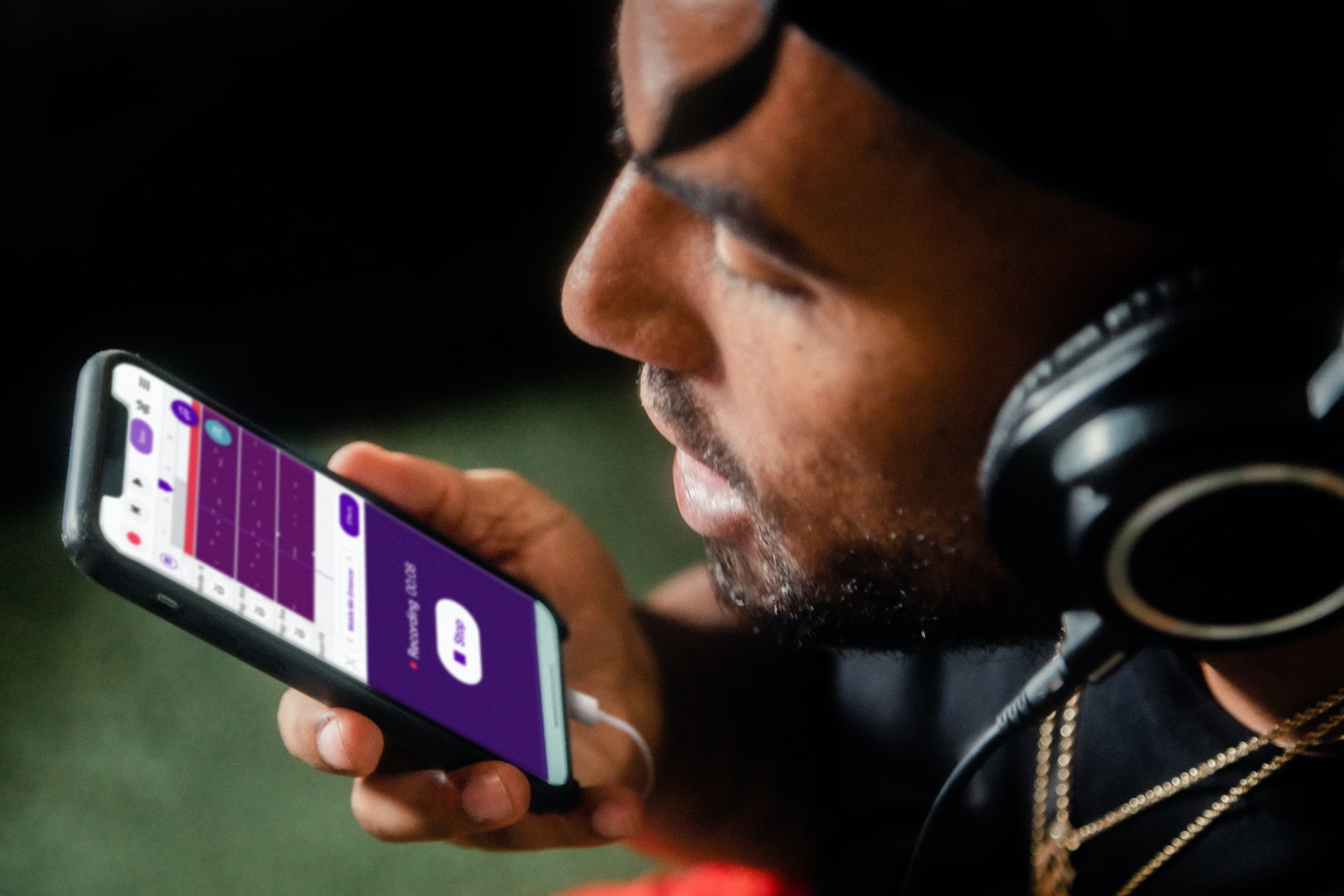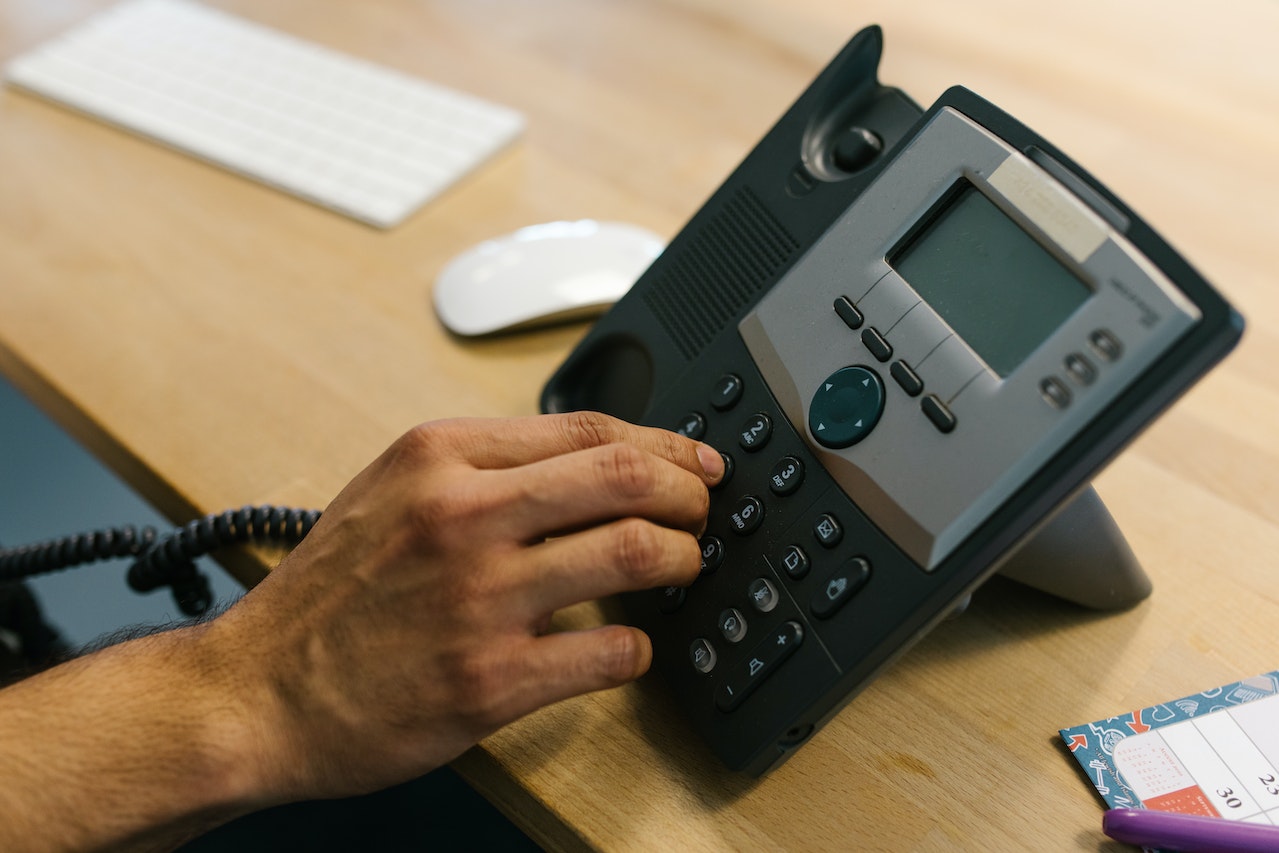How Does a Phone System Work? | VoIP Phone System Explained

Phone systems have been an indispensable part of our communication for years. But how does a modern phone system work, and what makes a VoIP phone system so much better than traditional phone lines and systems? Here, we explain everything, from digital signals to the benefits of a hosted VoIP system.
What is a VoIP Phone System?
A VoIP phone system works entirely via the internet, unlike the classic analog phone line and its digital successor (ISDN), which operated via the public telephone network. VoIP stands for Voice over Internet Protocol, and it converts voice into digital data packets sent to the receiver via your internet connection. This makes VoIP flexible, scalable, and often cheaper than traditional telephony.
With a VoIP system, you have access to a wide range of advanced features, such as:
- Menu selection for incoming calls.
- Forwarding calls to different devices.
- Integration with email and other digital channels.
- Access to data and statistics for all your calls.
How Does a VoIP Phone System Work?
1. Digital Signaling
Instead of analog signals over traditional phone lines, a VoIP system uses digital data packets. Each connected device gets a unique IP address, just like a computer in a network.
2. Converting Voice to Data
When you make a call via VoIP, your voice is converted into digital signals. These data packets travel over a constant internet connection to the receiver.
3. Connecting Devices via a Server
A VoIP server manages all your incoming and outgoing calls. It determines which data goes to which IP address, whether it’s a hardphone (fixed device) or softphone (app on your mobile).
4. Communicating with Traditional Lines
If you’re calling someone still using traditional phone lines, your VoIP system uses a gateway to convert digital signals into analog signals.
What is a VoIP Trunk Line and How Does It Work?
The connection to your phone system via a business network or internet runs through a trunk line. This is a virtual phone line on the IP network that enables communication between devices and determines how many simultaneous calls you can make. The number of trunk lines on a VoIP server is determined by hardware or software.
VoIP uses an IP network connection to send data packets from the caller to the receiver. Internally, this happens via a wired internet connection or Wi-Fi; externally, via mobile data connections like 4G. Both the caller and receiver must uniformly digitize and convert data packets into voice.
SIP
To avoid misunderstandings, for example, if devices “speak different languages,” the Session Initiation Protocol (SIP) ensures that data packets are correctly exchanged and understood. SIP guarantees that the connection is smoothly established, maintained during the call, and properly terminated afterwards.
If you want to reach someone with a classic phone line or outside your VoIP network, a gateway is used.
Gateway
A gateway converts the digital phone signal from your VoIP system into an analog signal, and vice versa. This allows you to call recipients who don’t use digital telephony or are outside your network via your business VoIP system.
For physical phone systems, a gateway is often a separate device behind the VoIP system or built-in with a port for analog lines. With a hosted phone system in the cloud, your provider handles this conversion without requiring extra hardware.
Clients
In digital VoIP telephony, all devices you can use to make calls are referred to as “clients.” These fall into two categories: hardphones and softphones.
A hardphone is the modern version of a fixed phone device, such as a desktop phone with a handset or headset. The device has one function: making and receiving calls without relying on other devices.
A softphone is any device that, thanks to an app or software, can make VoIP calls. Think of laptops, tablets, mobile phones, or even network printers. These devices aren’t specifically designed for calling but can be adapted for VoIP telephony with the right software or apps.
Unified Communication (UC)
Increasingly, different forms of communication are being integrated into one solution: Unified Communication. This allows you to easily switch between email, video meetings, chats, and phone calls. More and more providers are equipping hosted phone systems with the necessary software to offer the complete UC package to their customers.
Frequently asked questions
A quick way to explore how everything works and what to expect.
A VoIP phone system works via the internet and offers features like menu selection, call recording, and integrations with digital channels.
VoIP works via an internet connection, offering more flexibility and lower costs. Traditional phone lines are limited in features and scalability.
Yes, with a softphone app, you can take and make calls anywhere as long as you have an internet connection.
SIP is a protocol that ensures VoIP phones communicate with each other. It enables compatibility between different devices.
UC combines various communication channels like calling, email, chat, and video calls into one platform for seamless collaboration.
Costs vary by provider but are often based on a fixed monthly fee per user. With hosted solutions, you save on hardware and maintenance. Ask us about the possibilities!

 Netherlands
Netherlands Belgium
Belgium Denmark
Denmark Germany
Germany France
France Switzerland
Switzerland Austria
Austria UK
UK Spain
Spain Italy
Italy


